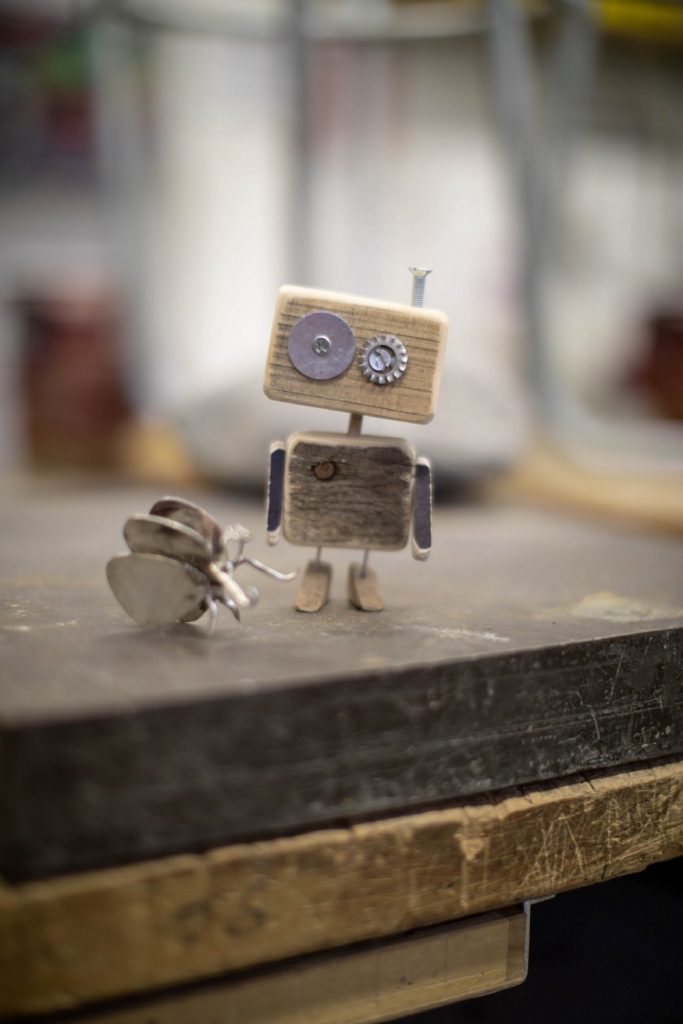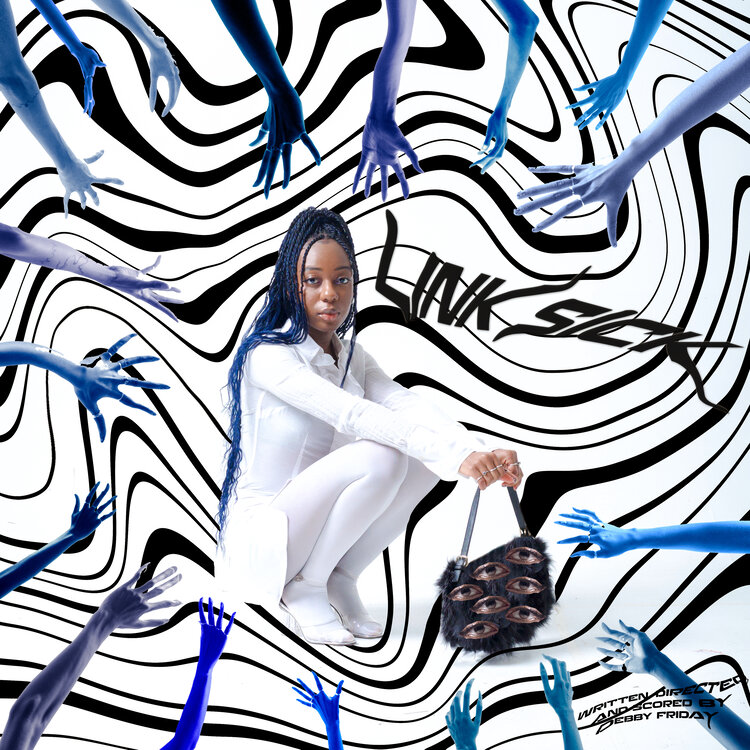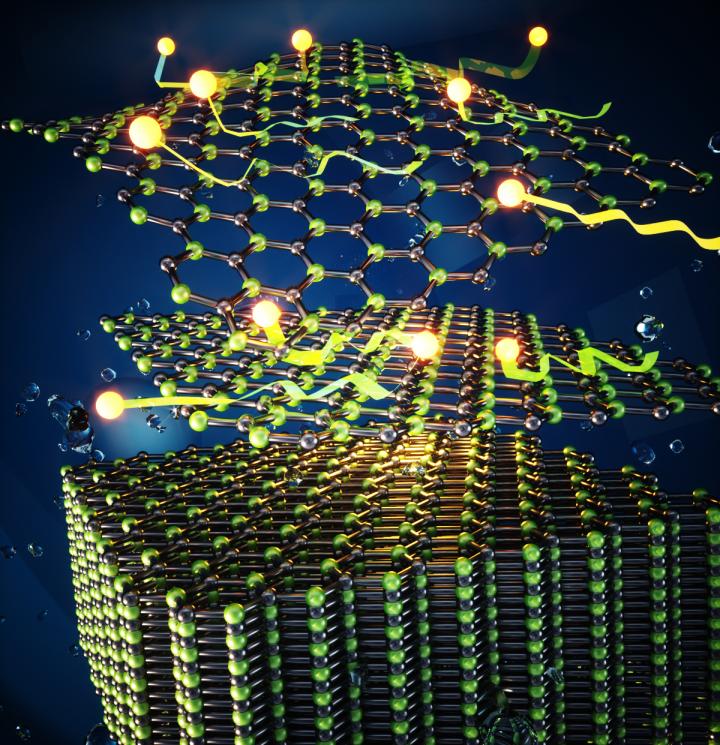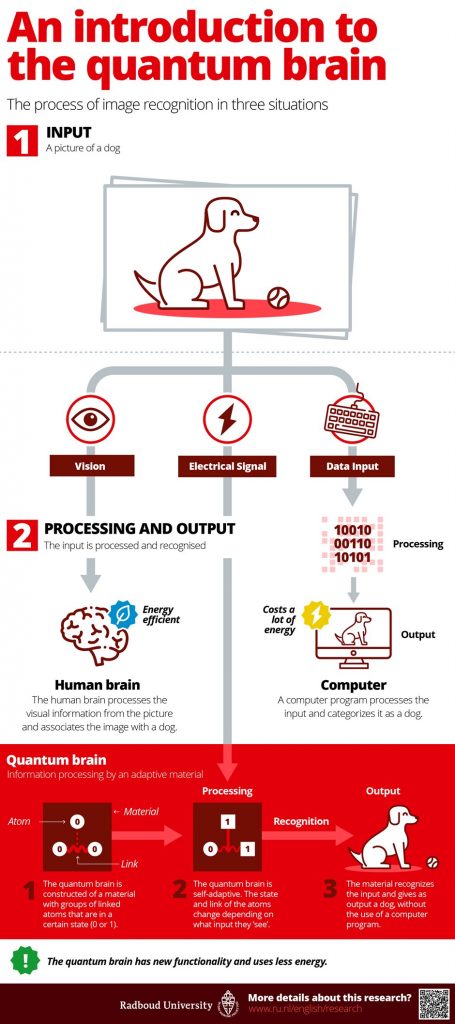Before launching into my critique, here’s the news about Canada’s artificial intelligence (AI) dialogues as I found it on the Canadian Institute for Advanced Research (CIFAR) AI dialogues event page,
Open Dialogue:
Artificial Intelligence (AI) in Canada
Tell us what you think about Artificial Intelligence (AI).
March 30-April 30, 2021
The Government of Canada’s Advisory Council on Artificial Intelligence Public Awareness Working Group is hosting regional virtual workshops to hear what you and members of your community think about AI.
These workshops will inform recommendations to the Government of Canada on how to boost public awareness of and foster trust in AI. The conversations will be grounded in an understanding of the technology, its potential uses, and its associated risks.
Each workshop is approximately 2.5 hrs in length and free to attend. Our goal is to engage more than 1,000 people across Canada, building on the results of a national survey that was conducted in December 2020.
What to expect
Opening plenary session (15 min)
Breakout session with 6-10 participants
BREAK (10 minutes)
Recommendations (40 min)
Closing remarks ( 8 min)
Closing plenary Session (22 min)
Registration
Oddly, there’s isn’t a registration link from the event page, you have to click on one of two (Regional or Youth) workshop tabs at the top of the page (this is from the Regional Workshops webpage),
Join us for a virtual workshop taking place in your region. Each workshop will include facilitated discussions based on Artificial Intelligence (AI) scenarios and provide an opportunity to share your views on AI.
To register by phone, please call Grace at 416-971-6937. If you require accommodations to participate, please contact events@cifar.ca.
The regions are split into the West (Pacific and Mountain time zones), Central (Central and Ontario time zones), and East (Newfoundland, Atlantic and Quebec time zones). There are French and English sessions in each of the three regions and they have included the North on the regional maps.
Questions
Sadly, the events team at CIFAR did not answer questions (I tried twice) nor did Julian Posada who is apparently the facilitator for the workshops,
During Spring 2021, I will be a visiting fellow at the Weizenbaum Institute where I will be associated with the Criticality of AI-based Systems research group. During the same period, I will be a facilitator for the public workshops organized by Innovation, Science and Economic Development Canada where Canadians will be asked about their perceptions towards artificial intelligence and AI systems.
He’s also a PhD candidate at the University of Toronto.
Note Posada has identified Innovation, Science and Economic Development Canada (ISED) as the workshop organizer but it’s not listed on CIFAR’s Open Dialogue: Artificial Intelligence (AI) in Canada event page as an organizer or even one of the partners. There is this (from the event page),
The Government of Canada’s Advisory Council on Artificial Intelligence Public Awareness Working Group includes representatives from: AI Global | AI Network of BC | Amii | Brookfield Institute | Canadian Chamber of Commerce | CIFAR | DeepSense/Dalhousie | Glassbox | Ivado | Kids Code Jeunesse | Let’s Talk Science | Mila | Saskinteractive | Université de Montréal
The partners, represented by logos, are the Government of Canada (as in Advisory Committee?), Algora Lab, Université de Montréal, CIFAR, and for the Youth Workshops, Let’s Talk Science, Kids Code Jeunesse, and workshop materials are being provided by the Canadian Commission for UNESCO (United Nations Educational, Scientific and Cultural Organization).
Everything makes more sense when you look at the Advisory Council on Artificial Intelligence webpage where you’ll see its an ISED committee.
Finally the questions
By the third time, I’d reworded a few things and added one or two question so, here’s the final list as sent to Julian Posada on Thursday, March 18, 2021,
(1) I understand it’s a joint CIFAR/Government of Canada Advisory Council on Artificial Intelligence Public Awareness Working Group workshop series called Open Dialogue: Artificial Intelligence (AI) in Canada, is that correct and the series will be held from March 30 – April 30, 2021?
(2) Are regular folks invited to join in or is this primarily for academics, business people, entrepreneurs, AI researchers, and other cognoscenti?
(3) Will a distinction be made between AI and robots?
(4) Are you facilitating all of the planned workshops? Will you also have assigned leaders for the breakout groups or will that be decided amongst the participants? If leaders are assigned, who are they?
(5) What do you have planned for your workshop(s)? e.g., Will participants be presented with various scenarios for discussion in the breakout groups? Or will participants be given specific topics to discuss, such as AI in the military? AI in senior’s facilities (e.g., social or companion robots for seniors? etc.
(6) Are the workshops being conducted over Zoom and is a Zoom account required for participation? Is there an alternative technology being used?
(7) Will AI be used to review and analyze the sessions and data gathered?
(8) Are there security measures in place for the session and for the data, specifically, participants’ personal data given up during registration?
(9) Will participants get a copy of the report afterwards or notified when it’s made available?
Since the workshops start on March 30, 2021 and I’m sure everyone’s busy and not able to spare time for questions, I’ve elected to publish what i can about the workshops despite a few misgivings.
Critique
I’m glad to see this initiative and to note that the North is included. It would be interesting to learn how these workshops have been publicized (I stumbled across them in a retweet of Julian Posada’s announcement on my Twitter feed). However, it’s not vital.
Priorities for the Advisory Council on Artificial Intelligence
Much more interesting to me is the purpose of these workshops. Yes, it’s a ‘dialogue’ on the CIFAR event page but the purpose for the Government of Canada’s Advisory Council on Artificial Intelligence would seem to be ‘public awareness’,
Artificial intelligence (AI) represents a set of complex and powerful technologies that will touch or transform every sector and industry. It has the power to help us address some of our most challenging problems in areas like health and the environment, and to introduce new sources of sustainable economic growth. As a digital nation, Canada is taking steps to harness the potential of AI.
As announced by the Minister of Innovation, Science and Economic Development on May 14, 2019, the Advisory Council on Artificial Intelligence will advise the Government of Canada on building Canada’s strengths and global leadership in AI, identifying opportunities to create economic growth that benefits all Canadians, and ensuring that AI advancements reflect Canadian’ values. The Advisory Council will be a central reference point to draw on leading AI experts from Canadian industry, civil society, academia, and government.
Public Awareness Working Group
Recognizing the importance of a two-way dialogue with the Canadian public on AI, the Advisory Council launched a working group dedicated to public awareness in 2020. The Public Awareness Working Group is looking at mechanisms to boost public awareness and foster trust in AI. It also aims to ground the Canadian discussion in a measured understanding of AI technology, its potential uses, and its associated risks.
Commercialization Working Group
Recognizing that Canada has an imperative to commercialize its AI, and to capitalize on existing Canadian advantages in research and talent, the Advisory Council launched a working group dedicated to commercialization in August 2019 [emphasis mine]. The Commercialization Working Group explored ways to translate Canadian-owned artificial intelligence into economic growth that includes higher business productivity and benefits for Canadians.
The first order of business was commercialization in August 2019 and that’s to be expected given that this is ISED. The Public Awareness Working Group was launched at least four months after.
Priorities, eh?
Is awareness a dialogue?
As they very nicely note on the CIFAR AI dialogue event page, these workshops are going to help the government figure out “how to boost public awareness of and foster trust in AI.” It’s very flattering to be consulted this way.
So to sum this up, the ‘dialogue’ in the regional and youth workshops will be mined for ideas on how to boost public awareness and foster trust. You’re not really just getting an opportunity “to share your views on AI,” are you?
It seems a bit narrow but then they’ve already conducted a survey in December 2020, which has in all likelihood informed the content for these workshops and they have . Plus the workshop materials being provided by the Canadian Commission for UNESCO have in all likelihood been used elsewhere and repackaged for the Canadian market.
Hmmm I wouldn’t call this an ‘open dialogue’ since so much has already been done to frame it.
Abattoirs
Many years ago I read a fascinating article about Temple Grandin and her work redesigning abattoirs (slaughterhouses) to make them more humane. I don’t remember much about it but calming the cattle by dampening the noise while distracting them a little by making them move around rather then directly leading them to their deaths seemed the key elements to the redesign.
This ‘open dialogue’ reminds me of the article. The outcome is predetermined and we’re being distracted in the nicest way possible.
Mining the data?
Nine workshop sessions in total with one hour and 40 minutes (rough estimate) of discussion and recommendations for each session. That’s roughly 15 hours of material from the dialogues and recommendations to analyze.
Remember this question “(7) Will AI be used to review and analyze the sessions and data gathered?”
It’s hard to believe that CIFAR and its partners don’t have a system that could do the job or, at the very least, a system that could learn from the sessions.
Not necessarily evil
While I have a number of misgivings about these ‘dialogues’, I don’t expect that most of the people involved are trying to be nefarious. There are probably some good intentions (you know where those take you, yes?) but the overarching purpose here is commercialization which is made much easier with universal acceptance. (awareness + trust)
To be blunt, a dialogue with a predetermined outcome seems more like a script to me than an open conversation.
This sort of thing has been called a ‘public consultation’ but that term has gotten a bad reputation as it was used to disguise the kind of manipulation that I suspect is going on with this effort.
How they expect to foster trust in circumstances that are not conducive to that is a bit of a mystery to me. Plus, I have to wonder if these organizers or committee members have taken into the possible aftereffects of one of the great Canadian government debacles.
Phoenix pay system
It has its own entry on Wikipedia (Note: Links have been removed),
The Phoenix pay system is a payroll processing system for Canadian federal government employees, provided by IBM in June 2011 using PeopleSoft software, and run by Public Services and Procurement Canada. The Public Service Pay Centre is located in Miramichi, New Brunswick. It was first introduced in 2009 as part of Prime Minister Stephen Harper’s Transformation of Pay Administration Initiative, intended to replace Canada’s 40-year old system with a new, cost-saving “automated, off-the-shelf commercial system.” By July 2018, Phoenix has caused pay problems to close to 80 percent of the federal government’s 290,000 public servants through underpayments, over-payments, and non-payments.[1] The Standing Senate Committee on National Finance, chaired by Senator Percy Mockler, investigated the Phoenix Pay system and submitted their report, “The Phoenix Pay Problem: Working Towards a Solution” on July 31, 2018, in which they called Phoenix a failure and an “international embarrassment”.[1] Instead of saving $70 million a year as planned, the report said that the cost to taxpayers to fix Phoenix’s problems could reach a total of $2.2 billion by 2023. [emphasis mine]
…
The entry leaves out a couple of details. Yes, Harper’s government nurtured this disaster but it was (1) Prime Minister Justin Trudeau and his (2) Liberal government who implemented the system in February 2016. Whoever wrote this entry is very friendly to the Liberals so I don’t think the politicians were quite as uninformed as represented in the entry.
As for the cost to taxpayers, I think $2.2 billion by 2023 is an over modest estimate. For comparison, Australia’s Queensland Health Authority also had a pay system debacle. It was the same vendor (IBM) and, in 2013, the estimate to fix the problems was $1.2 billion Australian dollars (see this Dec.11.13 article by Robert N. Charette for the IEEE Spectrum or this Aug.7.13 article by Michael Madigan, Sarah Vogler, and Greg Stolz for The Courier Mail).
Note 1: I checked on a currency converter today (March 23, 2021) and $1 CAD = $1.04 AUS.
Note 2: For anyone unfamiliar with the organization, IEEE is the Institute of Electrical and Electronics Engineers.
I’m pretty sure $2.2 billion (which I think is an underestimate) does not include the human costs (anxiety, alcohol abuse, self-harm, suicide, etc.).
Plus
The situation was exacerbated as Catharine Tunney wrote in a February 18, 2020 article for CBC (Canadian Broadcasting Corporation) online (Note: A link has been removed),
More than 69,000 public servants caught up in the Phoenix pay system debacle are now victims of a privacy breach after their personal information was accidentally emailed to the wrong people, says Public Services and Procurement Canada.
The problem-plagued electronic payroll system has improperly paid tens of thousands of public servants since its launch in 2016. Some employees have gone months with little or no pay, while others have been overpaid, sometimes for months at a time.
…
Earlier this month, a report naming 69,087 public servants was accidentally emailed to the wrong federal departments.
The report included the employees’ full names, their personal record identifier numbers, home addresses and overpayment amounts.
More than 161 chief financial officers and 62 heads of HR in 62 departments received the report in error, according to a statement posted to Public Services and Procurement Canada’s website on Monday.
…
Public Services and Procurement Canada isn’t the only department to accidentally breach the confidentiality of workers’ personal information.
According to figures recently tabled in the House of Commons, federal departments or agencies mishandled personal information belonging to 144,000 Canadians over the past two years.
Privacy Commissioner Daniel Therrien has long called out “strong indications of systemic under-reporting” of privacy breaches across government.
Final comments
Overhauling the government payroll system is not the same as introducing new artificial intelligence systems but the problem is that many of the same people in the upper echelons of Canada’s civil service (government employees) were and are instrumental in the deployment of these systems.
“Phoenix pay system an ‘incomprehensible failure,’ Auditor-General says” was the headline for a May 29, 2018 article by Michelle Zilio for the Globe and Mail. I might feel more trust if after the report, there’d been signs that things had changed. However, the government is still highly secretive and we have a ‘dialogue’ with a predetermined outcome (just like the public consultations of yesteryear).
As for M. Posada, the facilitator for one or more of the workshops, he seems relatively new to Canada (scroll down his University of Toronto profile page and click on Degrees),
- M.A., Economic Sociology – School for Advanced Studies in the Social Sciences (EHESS) [École des hautes études en sciences sociales in Paris, France]
- B.A., Humanities – Sorbonne University [also in Paris]
As I noted in my December 10, 2021 posting where a chapter on science communication in Canada where two of the three authors were from other countries (Brazil and Australia), outsider perspectives can be quite valuable. (Both of the authors spent some time in Canada. At least one of them had taught here.)
In any event, I have to wonder how well he’s been briefed.
After my experience in something called “participatory budgeting” (City of Vancouver, 2019), where citizens were asked come together and decide how to spend $100,000 of the city budget in our neighbourhood, A surprising number of city employees were involved as ‘members’ of the working groups and ,of course, other employees at City Hall had veto power over what was eventually presented to the community for voting. I can say that at the end of the process I felt used.
It could be interesting but I warn against any high expectations if you’re looking for genuine dialogue. You can click through to registration from the Canadian Institute for Advanced Research (CIFAR) AI dialogues event page, choose either the Regional Workshops or Youth Workshops from the tabs at the top of the page.




